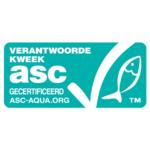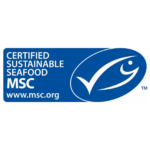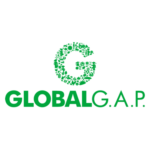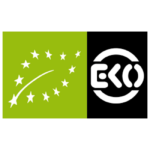Nile Perch
Africa, inland waters (FAO 1)
Hooks and lines, Gillnets
- Jan
- Feb
- Mar
- Apr
- May
- Jun
- Jul
- Aug
- Sep
- Oct
- Nov
- Dec
The Lake Victoria Nile perch was stated to be heavily overfished during the last decade. At present, biomass is steadily increasing and improving. However, current biomass increases almost only consist of juveniles, while there are clear signs of spawner overfishing. The fact that females get larger than males is making them extra vulnerable, because the females get caught more. The Nile perch fishery is managed by the Lake Victoria Fishing Organisation (LVFO).
The introduction of Nile perch in Lake Victoria has caused a big change in the ecosystem. Nile perch is a predatory fish and also eats its own species. Many local species are extinct due to the introduction of Nile perch. Some local species seem to recover due to the overfishing of Nile perch. Eutrophication, pollution and other human influences seem to currently have a bigger impact on the ecosystem in Lake Victoria than fishery. The catching methods are quite selective. The fish species that are bycatch are for the local market.
There is a fishery management plan for Lake Victoria and there are measures being taken to limit the fishery. The implementing and monitoring of the measures is however still a problem. There seems to be a change in this due to good initiatives from the region and from the fishermen. In the processing industry there is a high demand for a smaller sized fish, wherefore too much young fish gets caught. The fish is mainly exported. The local people profits a bit, but more and more from this fishery. Illegal fishery in forbidden areas and with smaller meshes and hooks is a problem.




